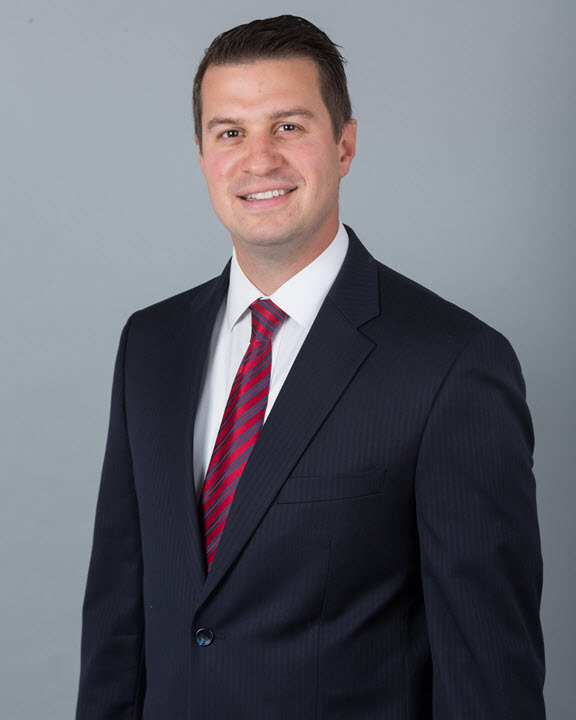In a time when schools are asking more and more of their students, families – and now courts – are beginning to ask more of schools.
Before delving into specifics, it is necessary to provide brief background on the Individuals with Disabilities Act. Under the Individuals with Disabilities Act (IDEA), states receive federal funds to assist in educating children with disabilities. In exchange, districts must provide a “free appropriate public education” to its students, which includes those with disabilities. An Individualized Educational Plan (IEP) is the vehicle through which this is provided. A lot rides on the efficacy of each IEP: if parents believe their child’s IEP is inadequate – and a court agrees –they can purchase adequate services in the private sector on the school district’s dime.
Historically, the standard for determining the adequacy of an IEP was at best murky and at worst non-existent. The working standard was determined in a case from suburban New York City involving a young girl who had a hearing deficit, but no developmental deficit. Bd. of Ed. of Hendrick Hudson Central Sch. Dist., Westchester County v. Rowley, 458 U.S. 176 (1982). Fully integrated in the regular classroom, she progressed smoothly from grade to grade. At issue was how her IEP addressed her hearing deficit. The standard applied by the Court was whether the IEP was “reasonably calculated to enable the child to receive educational benefits.” However, the court declined to set a uniform standard by which all IEP’s were to be judged , leaving parents, school districts, and courts alike with little guidance in determining the sufficiency of an IEP under other circumstances.
Thirty years later, a case was initiated by the parents of a Colorado child, Endrew F., who was diagnosed with autism at age two. Endrew enrolled in the public school beginning in pre-school and received an IEP each year thereafter. By fourth grade, Endrew remained disruptive in class, climbing over furniture, and running away. Endrew’s parents attributed his stalled progression to stale IEP’s, and enrolled him in a private school. There, Endrew achieved academic progress that eluded him in public school. In their suit, Endrew’s parents sought reimbursement for private school costs on grounds that Douglas County failed to provide Endrew a “free appropriate public education”. They fought the case to the U.S. Supreme Court, which thoroughly reviewed its holding in Rowley in generating, finally, the following uniform standard by which all IEP’s, even those for students who are not fully integrated in regular classrooms, are to be judged:
“To meet its substantive obligation under the IDEA, a school must offer an IEP reasonably calculated to enable a child to make progress appropriate in light of the child’s circumstances.”
The Court justified its demanding standard by explaining that it is not fair that IEP’s for mainstreamed students strive for grade advancement and IEP’s for non-mainstreamed students strive merely for “de minimus” (nominal) progression. It remanded back to Circuit Court, which previously denied Endrew’s parents’ claim. This time, however, having to apply the new standard, it found in favor of Endrew’s parents.
A strong message to school districts around the country, this holding makes the already “ambitious” IDEA even more so, particularly in its application to children who cannot be in regular classrooms. However, since economic feasibility is not referenced anywhere in the opinion, let alone the standard itself, its efficacy or, more accurately, feasibility, remains to be seen. Economics figure to someday become a part of the standard, particularly if it places some school districts on bankruptcy’s doorstep. Right now, however, it is not part of the standard. Accordingly, as this standard gains notoriety and legal traction, more will be expected of our school districts, whose special education funding must be ready.

Michael’s Bio | School Law | Contact Us
All rights reserved. This publication may not be reproduced without the express written permission of Siana Law. This publication is designed to provide general information relating to the covered subject matter. None of the information is offered, nor should be construed, as legal advice. Although prepared by professionals, the materials contained in this publication are not intended to be utilized as a substitute for obtaining legal or other professional advice. We encourage you to obtain legal or other professional guidance regarding those specific matters for which you require assistance.

